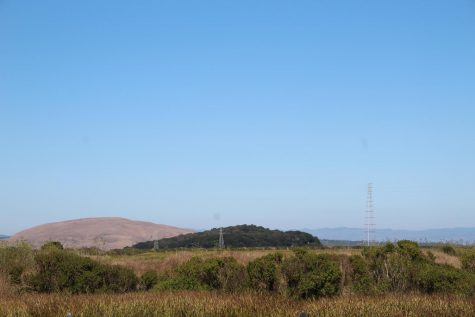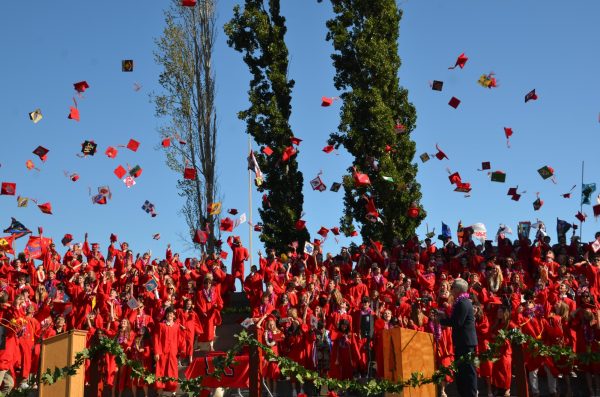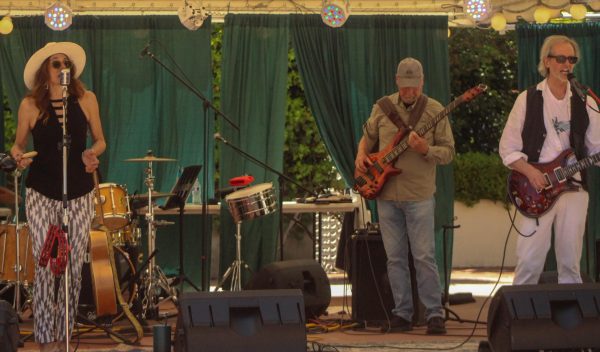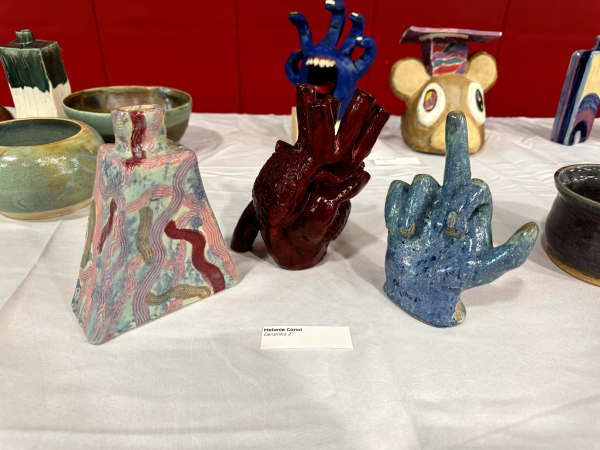Bel Marin Keys wetlands to undergo first phase of restoration this month
September 19, 2019
On Aug. 22, California’s State Coastal Conservancy (SCC) unanimously voted to designate $20 million to the restoration of wetlands neighboring the Bel Marin Keys. The board’s conclusion funds the first phase of the Bel Marin Unit V project (BMKV), the most extensive of three tidal wetland restorations under the greater Hamilton Wetland Restoration Project (HWRP).
According to the SCC, well over 80 percent of the San Francisco Bay’s tidal wetlands have been lost. This pattern negatively affects surrounding ecosystems, and plays a considerable role in jeopardizing local wildlife. Launched in 1999 following authorization by Congress, the HWRP has aimed at reversing such significant habitat losses. Introducing flood control levees and creating tidal marsh through site elevation to support vegetation and a natural ecosystem were central objectives of engineers at the inactive Hamilton Army Airfield site in Novato. The former U.S. Air Force base is unrecognizable today, as it has been re-converted to a fully-functional wetland.
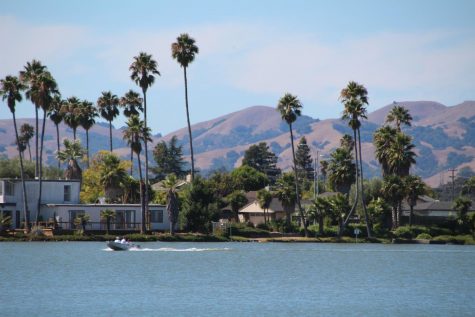
The SCC has similar goals for the adjacent 1,600-acre Bel Marin Keys Unit V property, purchased in 2001 and added to the project in 2007. With construction anticipated to begin this month following the approval of funding, the BMKV component’s completion will conclude the HWRP parent project as a whole.
Project manager Jeff Melby is pleased with progress thus far, as a construction company was recently selected to jumpstart the project.
“These tidal marshes were historically considered a wasteland and just something to fill in or drain. [Wetlands], in terms of providing habitat for these [local] species, are a critical part of the ecology of the bay,” Melby said.
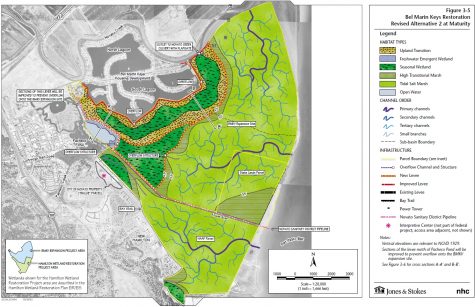
An illustrated blueprint displays the BMKV’s restoration plans.
Novato High School senior Nikita Park has lived in the Bel Marin Keys neighborhood for eight years and appreciates the constant exposure to wildlife she enjoys given her proximity to the wetlands.
“You kind of drive through [wetlands] on the way into the neighborhood. I see wildlife on a daily basis; there’s always either ducks
or geese waddling around in the ponds. I think [the restoration] will be good for the community, since the neighborhood is almost embedded into the surrounding nature,” Park said.
Redwood AP Environmental Science teacher Mitch Cohen is aware of the indispensability of tidal wetlands, and sees that the project will be especially beneficial for both local wildlife and the Bel Marin Keys community.
“Tidal marshes in general are some of the most productive ecosystems on the planet if you look at the amount of photosynthesis per square meter. They provide the basis of the food web, but also provide nesting and breeding grounds for a whole bunch of birds and fish,” Cohen said. “[Wetlands] are also super important for flood control, for as sea levels rise, tidal marshes protect the shoreline from erosion and prevent flooding; think of them as big sponges. Habitat loss is the single leading cause for premature extinction of species, so restoring these historic habitats is a great idea.”
The initial phase of the BMKV property’s restoration is projected to conclude next year, at which point phase two will ensue.
